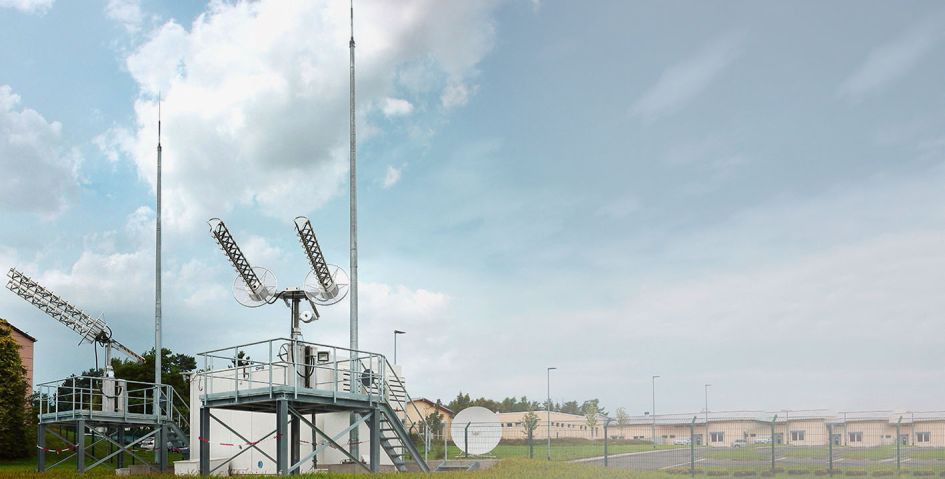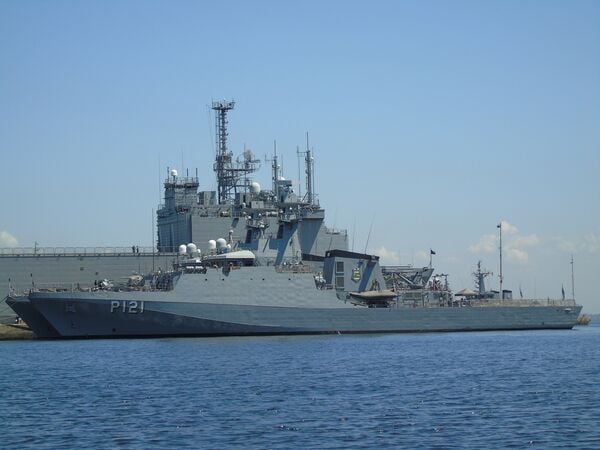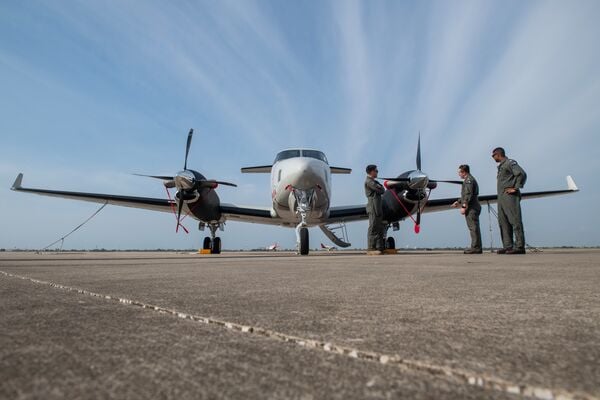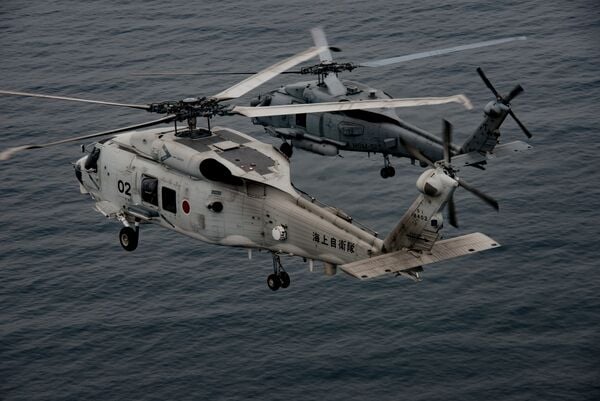- About
- Intara
- Capabilities
- Advisory
- Resources
- News
- Store
ViaSat makes inroads in advanced satcom with UK, US armed forces
01 March 2021
by Carlo Munoz
Satellite communications (satcom) company ViaSat has made significant inroads in supporting space-based networked communication capabilities within the UK and US armed forces.
ViaSat officials secured a USD9.4 million (GBP6.7million) contract with European aeronautics giant Airbus to upgrade the company’s Ultra High Frequency (UHF) satcom network control stations, which support Airbus’ Skynet UHF geostationary transit orbit satellite constellation fielded by the UK Ministry of Defence (MoD). The upgrade work by ViaSat will focus on the integration of the company’s Visual Integrated Satellite communications Information, Operation and Networking (VISION) software platform into the Skynet network control stations, according to a company statement.
The upgrades will allow MoD to bring the stations into compliance with the US Department of Defense’s Integrated Waveform Phase 2 (IW Phase 2) requirements, the statement added.

A fixed-station UHF radio satellite communications installation. (ViaSat)
Brazil to update OPV radar systems
23 April 2024
by Victor Barreira


The Brazilian Navy wants to improve the radar capabilities of its OPVs. (Victor Barreira)
As part of an effort to update its Amazonas-class offshore patrol vessels (OPVs), the Brazilian Navy is acquiring a new air and surface search radar with identification friend-or-foe capability (IFF), according to the Navy Weapon Systems Directorate (Diretoria de Sistemas de Armas da Marinha: DSAM).
The Brazilian Naval Commission in Washington, DC, (Comissão Naval Brasileira em Washington: CNBW) on behalf of the DSAM has requested a request for information (RFI) and the price availability for up to three radars on 25 March.
The navy seeks to recover the combat capability of the OPVs by updating several of the ship's systems, the Navy Directorate-General for Material (Diretoria-Geral do Material da Marinha: DGMM) recently told Janes .
The modernisation of the OPVs will be carried out by the DSAM, the DGMM added, without detailing a schedule and the scale of the effort.
The DSAM is subordinated to the DGMM.
US Navy accepts first two Textron T-54 deliveries
23 April 2024
by Zach Rosenberg


The first of two Textron T-54s delivered to the US Navy, intended to replace the T-44s. The deliveries were announced on 22 April. (US Navy)
US Naval Air Systems Command (NAVAIR) accepted delivery of the first two Textron T-54 Multi-Engine Training System (METS) aircraft at Naval Air Station (NAS) Corpus Christi, Texas, the service announced on 22 April. The aircraft are set to begin training students at NAS Corpus Christi's Training Air Wing Four in boreal spring 2025, the US Navy (USN) told Janes .
The USN intends to operate 64 of the Textron King Air 200-based aircraft, which will replace the Textron T-44 as the service's main twin-engine pilot training aircraft. Deliveries are set to run through 2026, and the aircraft is meant to operate until 2055.
“This aircraft brings modernised training to student naval aviators and prepares them for the advanced aircraft they will fly in the fleet,” said Captain Duane Whitmer, USN programme manager.
Japan loses two SH-60Ks in crash
22 April 2024
by Akhil Kadidal


The two Mitsubishi Heavy Industries (Sikorsky) SH-60Ks, which crashed on 20 April, were participating in an anti-submarine exercise with the JMSDF submarines and surface vessels, according to the service. In this representative 2016 photo, a JMSDF SH-60K Seahawk (in the front) operates with a US Navy MH-60R Seahawk. (US Navy/Mass Communication Specialist 3rd Class Matthew C Duncker)
Two Mitsubishi Heavy Industries (Sikorsky) SH-60K helicopters of the Japan Maritime Self-Defense Force (JMSDF) have crashed after they suffered a suspected mid-air collision during a night-time training exercise.
Japan Minister of Defense Minoru Kihara said the incident occurred between 2238 and 2304 h local time on 20 April, while the helicopters were conducting an anti-submarine drill with other JMSDF units. According to Kihara, three helicopters were participating in the drill, 150 n miles east of Torishima Island, in the Izu Islands chain.
“Two of the helicopters were flying in close proximity to each other and we have determined that there is a high possibility that there was a collision,” Kihara said on 21 April.
Satellite communications (satcom) company ViaSat has made significant inroads in supporting space-ba...
Latest Podcasts
Iran Israel analysis
In this podcast Janes analysts discuss the Iranian attacks on Israel on the 14 April. They highlight the military systems used by Iran and the performance and impact of these on Israel. They also discuss the implications of this attack goi...
Listen nowJanes Case Studies
Using Janes Intara to build a common intelligence picture: Russian build up on the Ukrainian border
View Case StudyNews Categories
 C4ISR Details
C4ISR Details